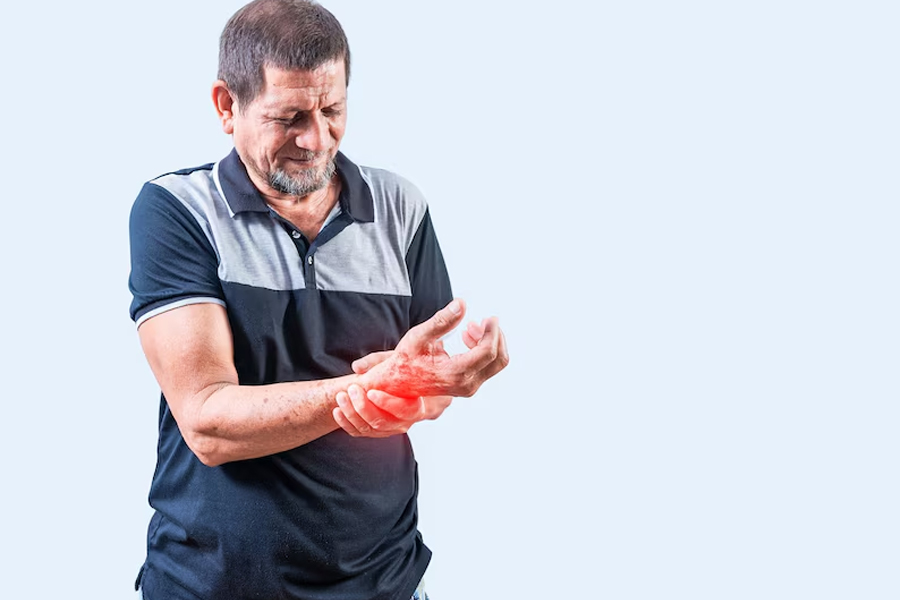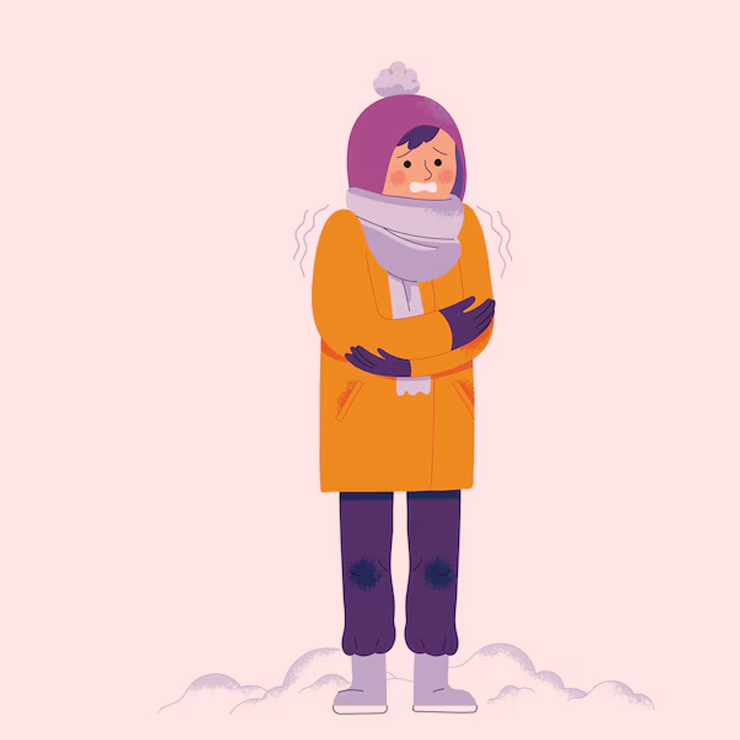
As temperatures drop, many people find themselves dealing with increased joint stiffness, aches, and discomfort. While this connection between cold weather and joint pain is widely reported, the exact reasons behind it remain somewhat of a mystery. Changes in barometric pressure, reduced blood flow, and muscle stiffness during colder months are some of the leading factors thought to contribute to this seasonal discomfort. For individuals with arthritis or other chronic joint conditions, these changes can feel particularly challenging.
Table of Content:-
To understand why change in temperature leads to joint pain, OnlyMyHealth team spoke to Dr Vishal Lapshia, Joint Replacement and Arthroplasty Surgeon, AIMS Hospital, Dombivli.
Why Does Cold Weather Trigger Joint Pain?
The relationship between colder weather and joint discomfort can often be traced to changes in barometric pressure. Dr Lapshia explains, “When barometric pressure drops, it can lead to the expansion of tendons, muscles, and soft tissues around the joints. This increased volume in a confined space exerts additional pressure on the joints, making them more sensitive, particularly for individuals with pre-existing conditions like arthritis.”
Moreover, cold weather can cause muscles to tighten, reducing joint flexibility and contributing to stiffness. For some, the drop in temperature can also reduce blood flow to extremities, exacerbating joint pain and discomfort.
Also read: Why Women Are More Prone To Arthritis: Expert Explains The Role Of Hormones And Genetics
Who Is More Prone to Cold-Induced Joint Pain?

While anyone can feel the effects of cold weather on their joints, certain groups are more vulnerable. “People with arthritis, bursitis, or other chronic pain conditions are often more susceptible to joint discomfort during winter,” shares Dr Lapshia. He also highlights the role of psychological factors: “The gloomy and shorter days of winter can impact mood. Feelings of stress or sadness may amplify the perception of pain.”
When Should You Consult a Doctor?
While occasional stiffness in cold weather may not be cause for alarm, persistent or unusual symptoms warrant medical attention. “If you experience swelling, redness, or difficulty moving a joint, it’s important to seek medical advice,” advises Dr Lapshia. Pain that is severe enough to limit daily activities should also prompt a visit to a healthcare provider.
Also read: Persistent Joint Pain: How To Know If It Is Arthritis Or Something Else?
Tips to Manage Joint Pain During Cold Weather
Dr Lapshia emphasises that small lifestyle adjustments can make a big difference in managing winter joint pain:

Dress Warmly
“Keeping your joints warm is crucial,” says Dr Lapshia. Layer clothing to maintain warmth, and consider wearing thermal gloves or knee braces for additional support.
Stay Active
“Regular movement helps keep joints flexible and reduces stiffness,” he advises. Engage in low-impact exercises such as yoga, walking, or swimming to maintain mobility.
Stretch Daily
Gentle stretching can help reduce muscle tension and improve joint function. Incorporate a short stretching routine into your day to ease pressure on your joints.
Maintain a Healthy Weight
Excess weight can strain joints, particularly in the knees and hips. Dr Lapshia points out, “Maintaining a healthy weight reduces unnecessary pressure on your joints, which is especially important during the colder months.”
Keep a Positive Outlook
A positive mindset can impact how you perceive pain. Engage in activities that boost your mood, like spending time with loved ones, practising mindfulness, or pursuing a hobby.
Use Heat Therapy
Heating pads or warm baths can help soothe achy joints and improve circulation. “Heat therapy is an excellent way to relax muscles and provide temporary pain relief,” Dr Lapshia adds.
Conclusion
Joint pain in colder weather is a common concern but manageable with the right precautions. Understanding the factors contributing to this discomfort, along with implementing Dr Lapshia's expert tips, can help you stay active and comfortable throughout the season. If joint pain persists or worsens, seeking medical attention is always the best course of action. Stay warm, stay active, and prioritise your joint health this winter!
Also watch this video
How we keep this article up to date:
We work with experts and keep a close eye on the latest in health and wellness. Whenever there is a new research or helpful information, we update our articles with accurate and useful advice.
Current Version